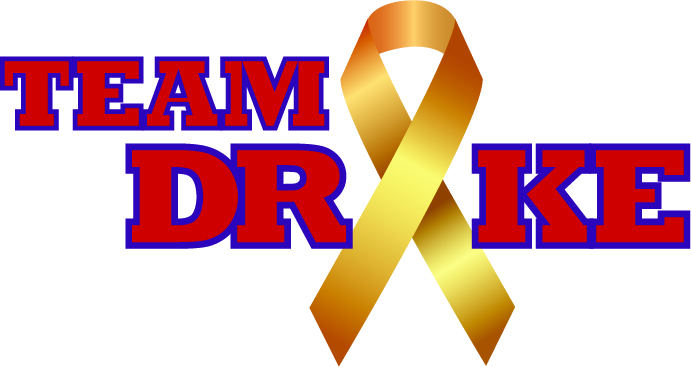
Surviving Pediatric Cancer: Drake’s Story
Pediatric cancer is not rare, despite what many may think. In fact, each year approximately 15,780 children between the ages of birth and 19 years of age are diagnosed with cancer in the United States; that’s 1 in 285 children. Around the world, annually, more than 300,000 children’s lives are changed forever after their cancer diagnosis, according to ACCO, yet only 4% of federal government cancer research funding is allocated to children.
One family has experienced this harsh reality first-hand when Drake, only 8 ½ years old at the time, was diagnosed with a brain tumor called high-risk medulloblastoma last March. Within two days of his diagnosis, he underwent a long and complex surgery to remove the tumor. Unfortunately, the tumor had spread to three other parts of Drake’s brain so more treatment was necessary and Drake’s parents had to make a difficult decision on the next course of treatment.
Ultimately, after speaking with Drake’s doctors and researching the best pediatric cancer hospitals in the US, the family opted to have Drake start a treatment of high-dose cranio-spinal radiation, followed by chemotherapy at Lucile Packard Children’s Hospital Stanford.
“He is currently undergoing his 6th of 7 rounds of chemo, and is doing even better than can be expected. He is strong, brave and an inspiration. I am thrilled to tell you that there are only 2 tumors left, both of which have shrunk significantly,” said Drake’s mom, Kathy.
Throughout the treatment, Drake has needed several transfusions of red blood cells and platelets, which is common among patients undergoing chemotherapy, as chemo leads to low blood cell counts. Kathy has long been a blood donor but is now even more of an advocate having watched her young son depend on this precious resource as a patient.
“Now that I see the real need for pediatric patients requiring blood products through their treatment, I wanted to do what I could to help,” Kathy said.
She not only continues to donate herself, but also worked with Clayton Toller of Stanford Blood Center to put together a community blood drive in Drake’s name. Drake’s drive was held in January 2017 and was a success; collecting 25 units of blood thanks to the many friends and family came out to support Drake. Kathy is planning to work with Clayton to put together another drive at Drake’s school in September and invites the community to make an appointment to donate.
If you would like to help make a difference for patients like Drake, you can start by donating blood at Stanford Blood Center. If you are O- and CMV-, your blood is especially valuable to pediatric patients. You can also learn more about supporting childhood cancer by visiting http://www.acco.org and getting involved on February 15th when the American Childhood Cancer Organization (ACCO) and other childhood cancer organizations from around the world come together to highlight the critical importance of raising awareness of childhood cancer as a child health priority.
